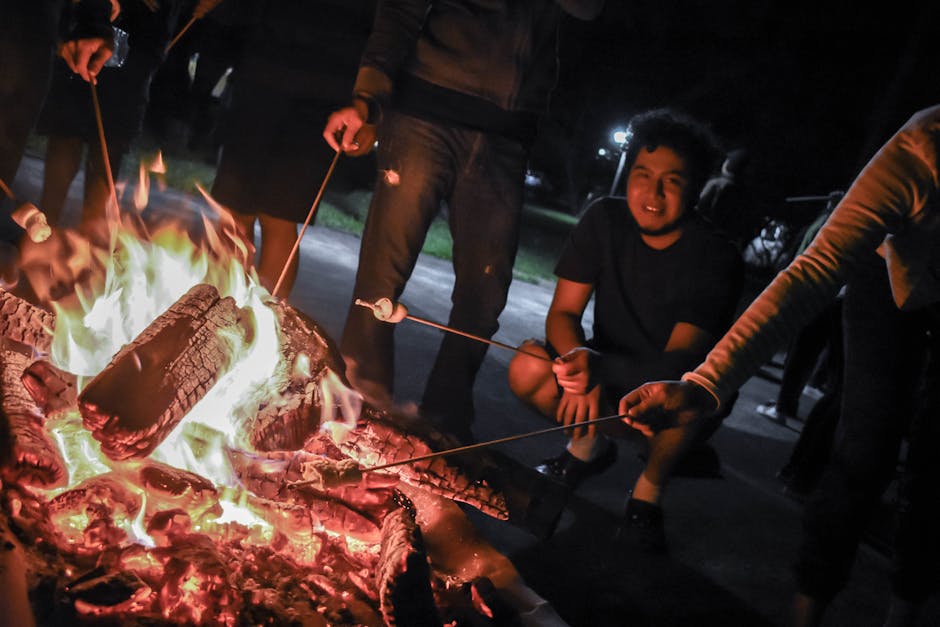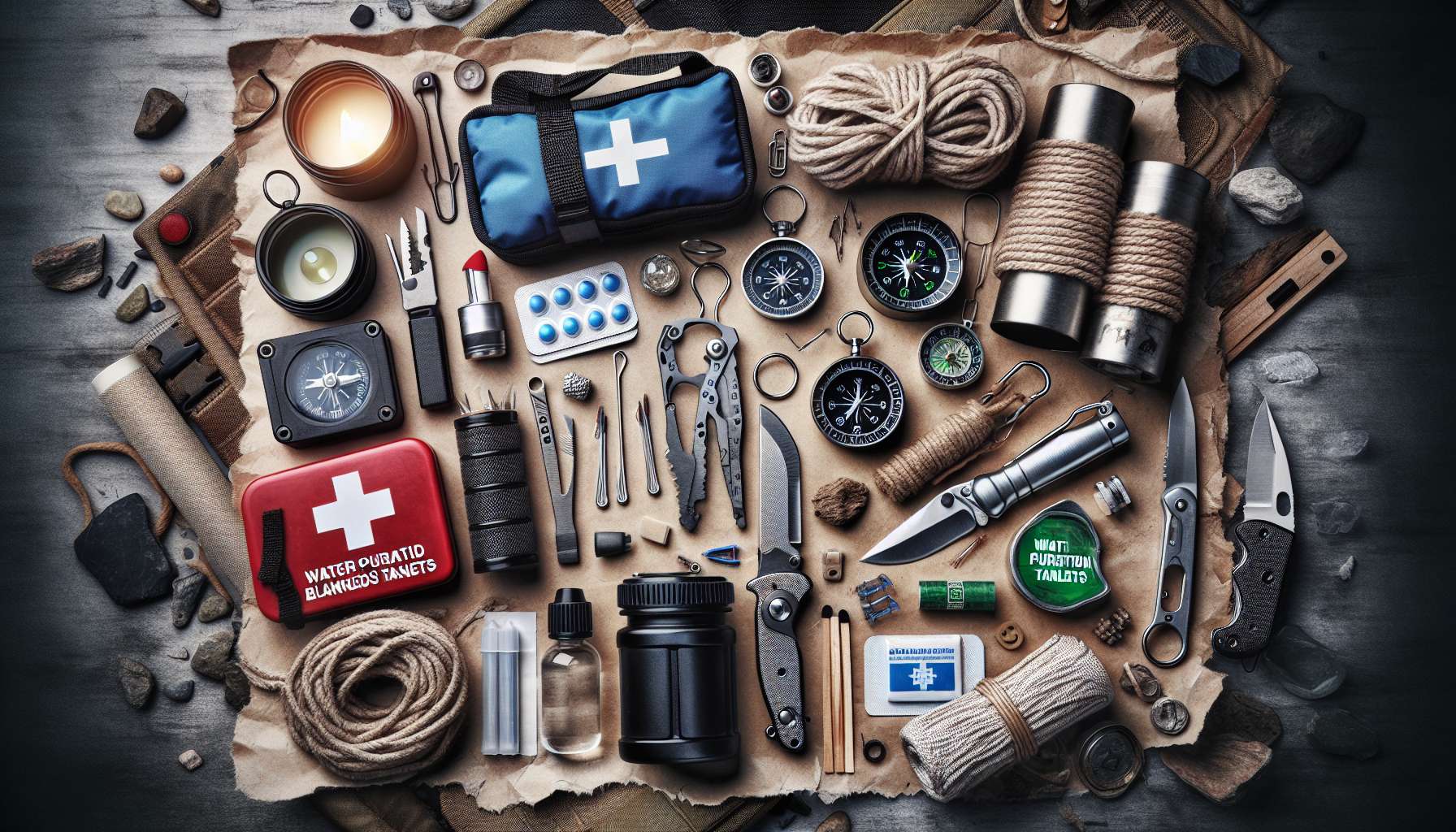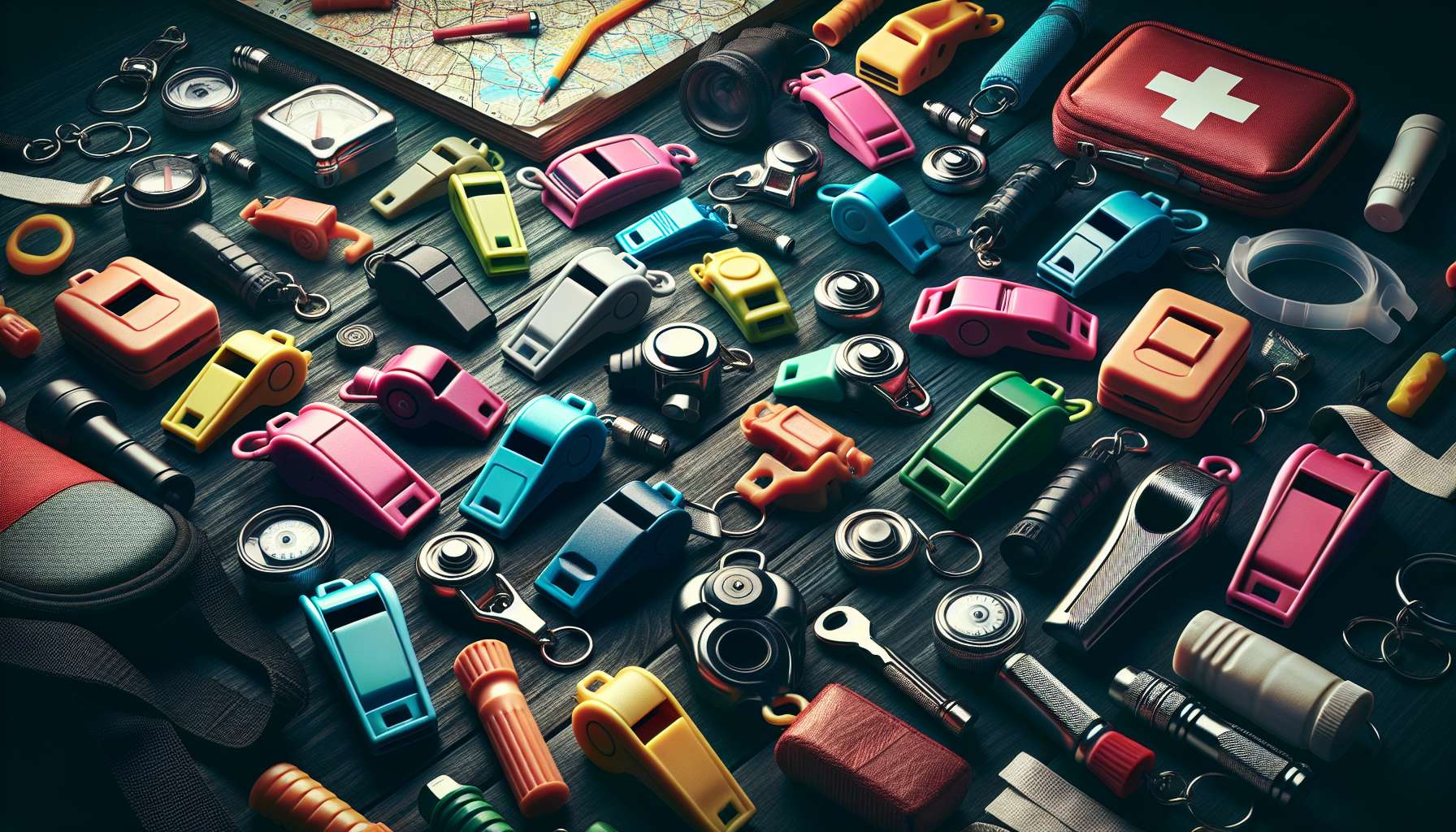Unlocking the Secrets of Fire Starters: A Comprehensive Guide
Welcome to the fascinating world of fire starters, where the simple act of igniting a flame takes on a whole new level of complexity and innovation. From ancient methods of creating fire to modern-day devices designed for convenience and efficiency, the evolution of fire starters is a testament to human ingenuity and adaptability. In this comprehensive guide, we will delve deep into the realm of fire starters, exploring their history, types, applications, and everything in between. Join us on this journey as we uncover the secrets of fire starters and learn how they have shaped our world in ways we may never have imagined.
The Origins of Fire Starters
Fire has been a crucial element in human civilization for thousands of years, playing a vital role in cooking, warmth, protection, and various cultural practices. The ability to start a fire was once a skill essential for survival, with early humans relying on primitive methods such as friction fire and flint and steel to create flames. These ancient fire starters paved the way for the development of more sophisticated tools and techniques, laying the foundation for the diverse range of fire starters we have today.
One of the most iconic fire starters in history is the bow drill, a simple yet effective tool consisting of a spindle, hearth board, bow, and socket. By rapidly rotating the spindle against the hearth board using the bow, friction generates heat, eventually producing an ember that can be used to ignite tinder. This method, dating back to the Neolithic period, highlights the resourcefulness and innovation of our ancestors in harnessing fire.

Modern Fire Starters: Innovation Meets Convenience
As technology advanced and society progressed, the need for more efficient and convenient fire starters led to the creation of modern devices that revolutionized the way we ignite flames. Today, a wide array of fire starters are available, catering to different preferences, environments, and purposes. From traditional lighters and matches to innovative tools like fire starters, the options are endless.
One popular modern fire starter is the ferrocerium rod, also known as a ferro rod or fire steel. This versatile tool consists of a rod made of ferrocerium, a synthetic alloy that produces a shower of hot sparks when scraped with a hard surface. Ferro rods are lightweight, durable, and reliable, making them ideal for outdoor enthusiasts, survivalists, and campers seeking a dependable way to start a fire in any conditions.

Types of Fire Starters: Choosing the Right Tool for the Job
When it comes to fire starters, the variety of options can be overwhelming, each offering unique features and benefits tailored to specific needs. Understanding the different types of fire starters can help you select the right tool for the job, whether you’re lighting a campfire, preparing for emergencies, or simply enjoying a cozy evening by the fireplace.
Lighters
Lighters are a popular choice for everyday fire starting due to their convenience and ease of use. Available in various designs, such as disposable lighters, refillable lighters, and windproof lighters, these handheld devices emit a flame when the ignition button is pressed, making them a reliable option for igniting stoves, candles, and more.
Matches
Matches have long been a classic fire starter, offering a portable and disposable way to create flames. There are different types of matches, including safety matches, strike-anywhere matches, and stormproof matches, each designed for specific purposes and environments. While matches are susceptible to moisture and wind, they remain a versatile and cost-effective option for lighting fires.
Fire Starters
Fire starters encompass a wide range of tools and devices designed to ignite flames quickly and efficiently. From ferro rods and magnesium fire starters to fire starter cubes and fire starter gels, these products come in various forms to suit different preferences and situations. Fire starters are especially popular among outdoor enthusiasts, survivalists, and preppers who prioritize reliability and performance in challenging conditions.
The Science of Fire: Understanding the Ignition Process
At the core of fire starting lies the science of combustion, a complex chemical process that transforms fuel and oxygen into heat, light, and gases. Understanding the principles of combustion can help us appreciate the intricacies of fire starters and how they facilitate the ignition of flames in diverse settings.
Combustion occurs when a fuel source, such as wood, paper, or gas, combines with oxygen in the presence of heat to produce a chemical reaction. This reaction releases energy in the form of heat and light, creating the flames we see when a fire is ignited. Fire starters play a crucial role in initiating this reaction by providing the initial heat or spark needed to kickstart the combustion process, allowing the fire to sustain itself and propagate.
Choosing the Right Fire Starter for Your Needs
With a plethora of fire starters available on the market, selecting the right tool for your specific needs can be a daunting task. Factors such as environment, skill level, intended use, and personal preferences should all be considered when choosing a fire starter that suits you best.
For outdoor enthusiasts and campers, a compact and lightweight fire starter like a ferro rod or fire starter cube may be ideal for igniting campfires, stoves, and grills. These tools are durable, weather-resistant, and easy to use, making them essential for outdoor adventures where reliability is paramount.
On the other hand, homeowners and backyard fire enthusiasts may prefer fire starter gels or chimney starters for lighting fireplaces, wood stoves, and BBQs. These products are designed to produce a controlled flame that can quickly ignite wood, charcoal, or other fuels, making them convenient and efficient options for indoor and outdoor use.
Expert Opinions on Fire Starters
When it comes to fire starters, experts in the fields of survival, outdoor recreation, and emergency preparedness offer valuable insights and recommendations on the best tools and techniques for starting fires safely and effectively. Experienced survivalists like Bear Grylls and Les Stroud often emphasize the importance of carrying reliable fire starters in their survival kits, citing the critical role fire plays in survival situations.
Outdoor enthusiasts and camping experts also share their favorite fire starters and tips for creating sustainable fires in the wilderness. From using natural tinder and kindling to practicing proper fire safety techniques, these experts provide valuable guidance on how to build and maintain fires responsibly while minimizing environmental impact.
Common Misconceptions About Fire Starters
Despite their widespread use and popularity, fire starters are subject to common misconceptions and myths that can influence perceptions and decision-making. Addressing these misconceptions can help clarify misunderstandings and promote informed choices when it comes to selecting and using fire starters.
Myth: All fire starters are the same.
While it may seem that all fire starters serve the same purpose of igniting flames, the reality is that each type of fire starter offers unique features and benefits that cater to different needs and preferences. Understanding the differences between lighters, matches, and fire starters can help you choose the right tool for specific situations.
Myth: Fire starters are only for outdoor use.
While fire starters are commonly associated with outdoor activities like camping, hiking, and survival situations, they can also be useful in indoor settings for lighting fireplaces, candles, and stoves. Fire starters come in various forms, making them versatile tools that can be utilized in a range of environments and situations.
FAQs About Fire Starters
Q: Are there eco-friendly fire starters available?
A: Yes, there are eco-friendly fire starters made from natural materials like wood shavings, wax, and recycled materials that offer a sustainable alternative to traditional fire starters. These eco-friendly options are biodegradable, non-toxic, and often produce less smoke and residue when ignited.
Q: Can children use fire starters safely?
A: Children should always be supervised when using fire starters to prevent accidents and ensure proper fire safety practices are followed. Teaching children how to use fire starters responsibly and under adult supervision can help instill good habits and prevent mishaps.
To Wrap Things Up
Fire starters have come a long way from ancient methods of rubbing sticks together to modern devices that produce sparks with a click of a button. Whether you’re camping in the wilderness, enjoying a cozy night by the fireplace, or preparing for emergencies, having the right fire starter can make all the difference in igniting flames quickly, safely, and efficiently. By understanding the history, types, science, and expert opinions surrounding fire starters, you can make informed decisions on selecting the best tool for your needs and enjoy the magic of fire in a whole new light.




